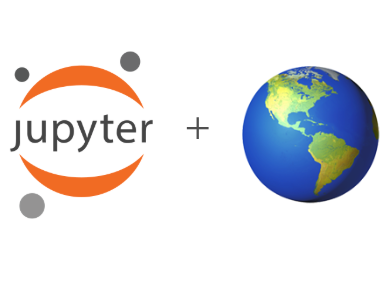Information Theoretic Based Model Benchmarking¶
Hydrological model performance is commonly evaluated based on different statistical metrics e.g., the Nash Sutcliffe coefficient (NSE). However, these metrics do not reveal model functional performances, such as how different flux and store variables interact within the model. As such, they are poor in model diagnostics and fail to indicate whether the model is right for the right reason. In contrast, information theoretic metrics are capable of revealing model internal functions and their tradeoffs with predictive performance. In this, notebook we demonstrate the use of interactive and reproducible computation of information flow metrics, particularly Transfer Entropy (TE) and Mutual Information(MI), in diagnosing model performance.
The model in focus is the the National Hydrologic Model using the PRMS model (NHM-PRMs). NHM-PRMS has two model products covering the CONUS - the calibrated and uncalibrated model products. Out of the CONUS wide NHM-PRMS products, this notebook focused on the NHM-PRMS product at the HJ Andrews watershed, OR.
Please click the binder link below to launch the notebook on cloud.
Citation¶
Edom Moges, Laurel Larsen, Ben Ruddell, Liang Zhang, Jessica M. Driscoll and Parker Norton, 2021. EM_v01_Information theoretic based model benchmarking. Accessed 06/11/2021 at https://github.com/EMscience/NHM_PRMS_Bechmarking
Acknowledgements¶
This work is supported by the NSF Earth Cube Program under awards 1928406 and 1928374.
=============[********]==============
Edom Moges
edom.moges@berkeley.edu
Environmental Systems Dynamics Laboratory (ESDL)
University of California, Berkeley
